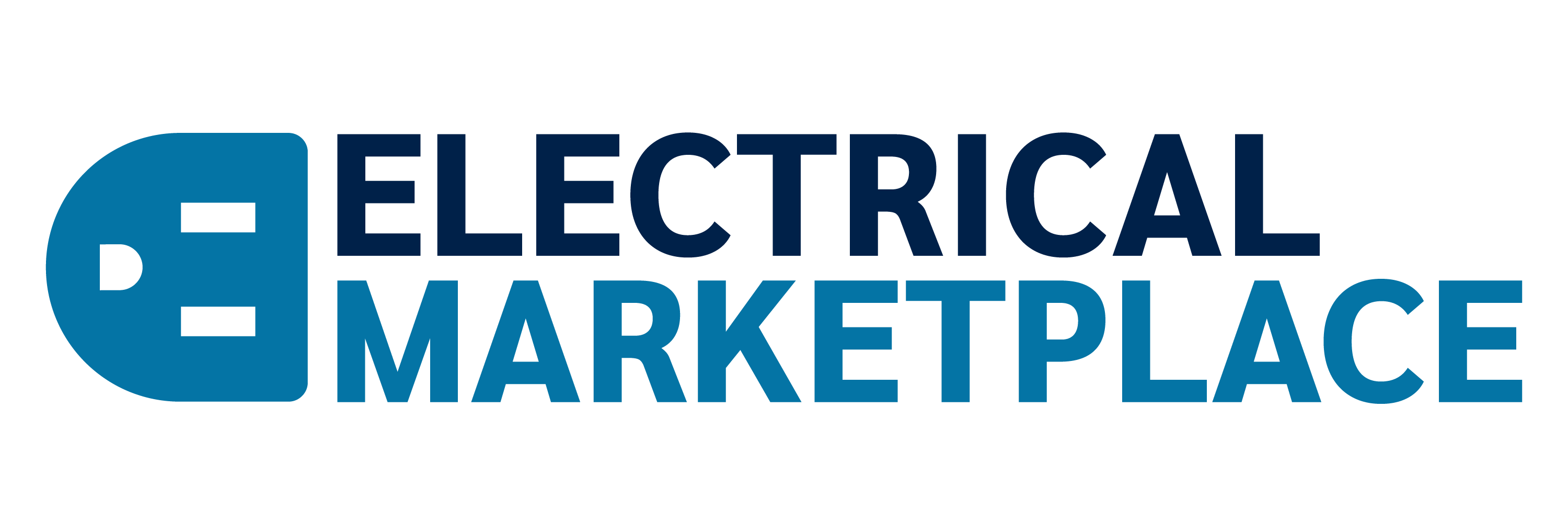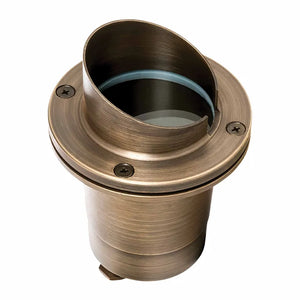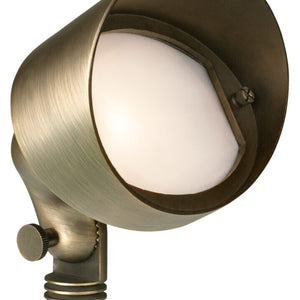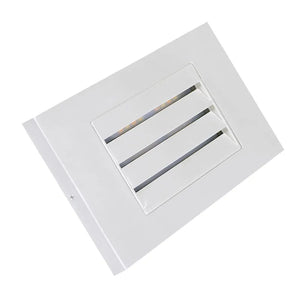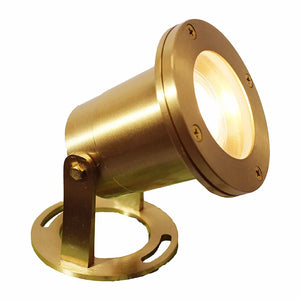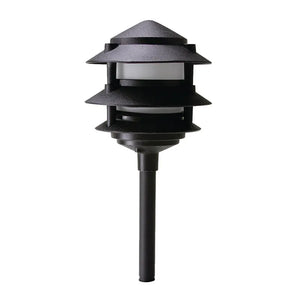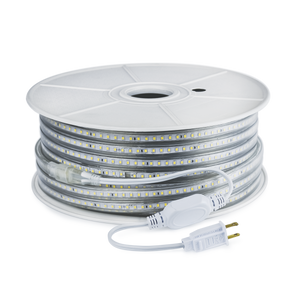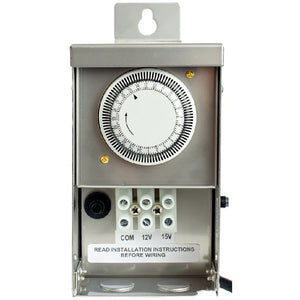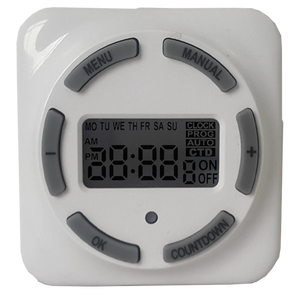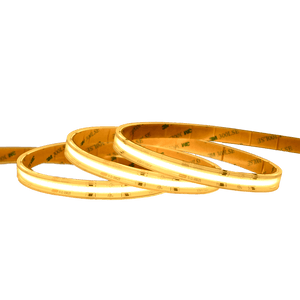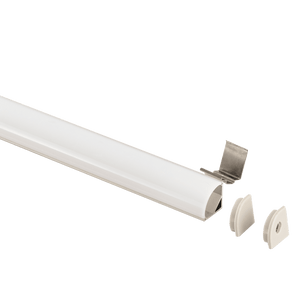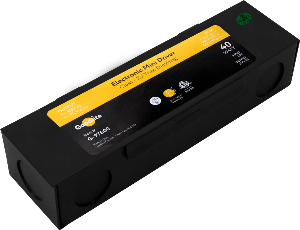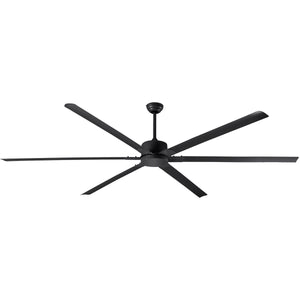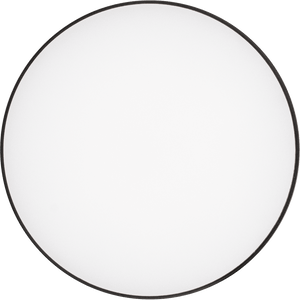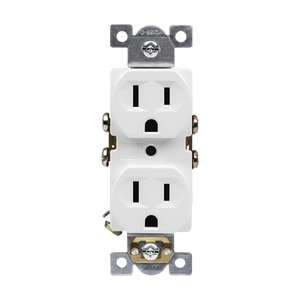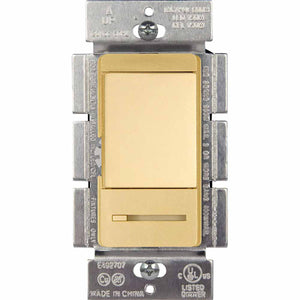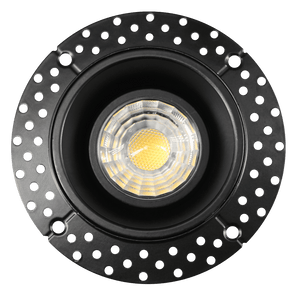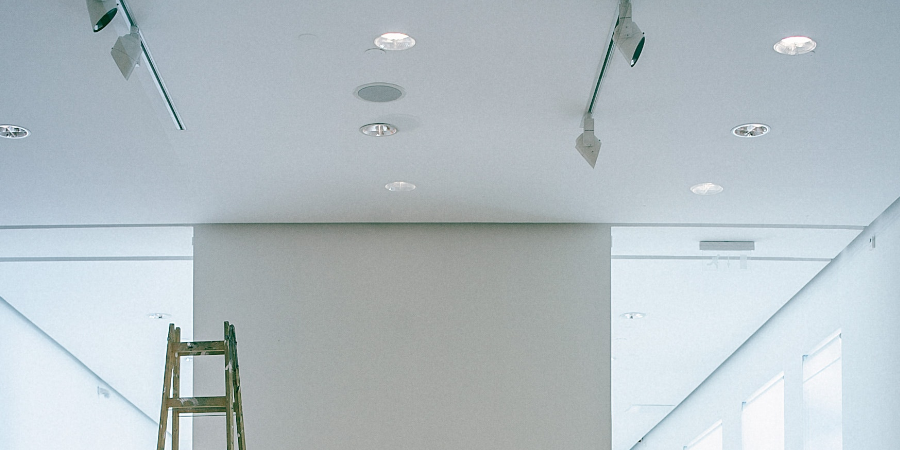
LED lighting has gained immense popularity due to its energy efficiency, long lifespan, and versatility. However, to reap the full benefits of LED lighting, proper installation and regular maintenance are crucial. This article will provide you with valuable tips and best practices for installing LED lighting fixtures, including wiring, positioning, and ongoing maintenance, to ensure optimal performance and longevity.
Plan and Prepare Before Installation
Before you begin the installation process, it's important to plan and prepare adequately:
a. Assess Lighting Needs: Determine the purpose of the lighting and the desired level of brightness in the area. This will help you select the appropriate LED fixtures and avoid over- or under-lighting.
b. Measure and Calculate: Measure the dimensions of the space and calculate the required number of fixtures based on the recommended lighting level (lumens) and the fixture's lumen output.
c. Safety First: Prioritize safety by ensuring the power supply is turned off before handling any electrical components. Familiarize yourself with safety guidelines and use proper protective gear.
Ensure Proper Wiring and Connections
Proper wiring is essential to guarantee the safe and efficient operation of your LED lighting system:
a. Follow Manufacturer's Guidelines: Always refer to the manufacturer's instructions and guidelines for wiring and connections. Each LED fixture may have specific requirements.
b. Use High-Quality Wiring: Invest in high-quality wiring and connectors to minimize voltage drops, improve energy efficiency, and avoid potential hazards.
c. Avoid Overloading Circuits: Calculate the electrical load and avoid exceeding the recommended wattage for the circuit. Distribute the load evenly across multiple circuits if necessary.
Positioning and Placement
The correct positioning and placement of LED lighting fixtures can significantly impact their performance and effectiveness:
a. Optimal Angle and Height: Position the fixtures at the recommended angle and height to achieve the desired lighting effect. Consider factors such as the space's purpose, the type of lighting (accent, ambient, or task), and the beam angle of the fixtures.
b. Heat Dissipation: Ensure proper airflow around the fixtures to facilitate heat dissipation. Avoid placing them near heat sources or in confined spaces that could impede heat dispersion, as excessive heat can reduce the lifespan and efficiency of LED bulbs.
c. Avoid Direct Sunlight: Position LED fixtures away from direct sunlight to prevent damage and color fading. Direct exposure to sunlight can also affect the performance of light sensors and dimming controls.
Regular Maintenance and Cleaning
To ensure your LED lighting system continues to perform optimally over time, regular maintenance and cleaning are essential:
a. Dusting and Cleaning: Regularly clean the fixtures and lenses to remove dust, dirt, and debris. Use a soft, lint-free cloth or a mild cleaning solution recommended by the manufacturer.
b. Check for Loose Connections: Periodically inspect the wiring connections and ensure they are secure and free from corrosion. Loose connections can cause flickering or intermittent operation.
c. Replace Faulty Components Promptly: If you notice any signs of malfunction, such as dimming or uneven lighting, promptly replace any faulty LED bulbs, drivers, or other components. Refer to the manufacturer's guidelines for compatible replacements.
Conclusion
Proper LED lighting installation and maintenance are vital for achieving optimal performance, energy efficiency, and longevity. By following these tips and best practices, you can ensure a successful installation, minimize potential issues, and enjoy the benefits of LED lighting for years to come. Remember to always refer to the manufacturer's instructions and seek professional assistance when needed.

